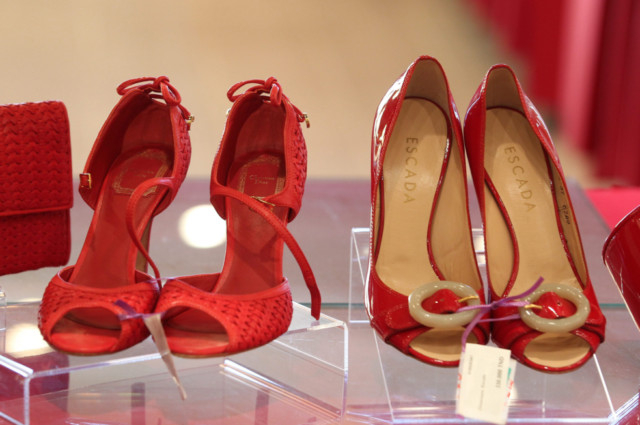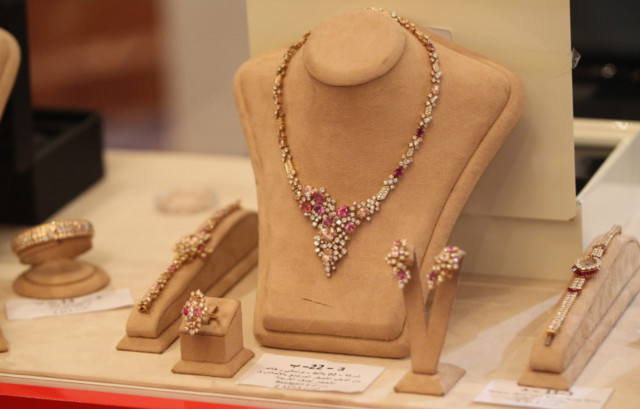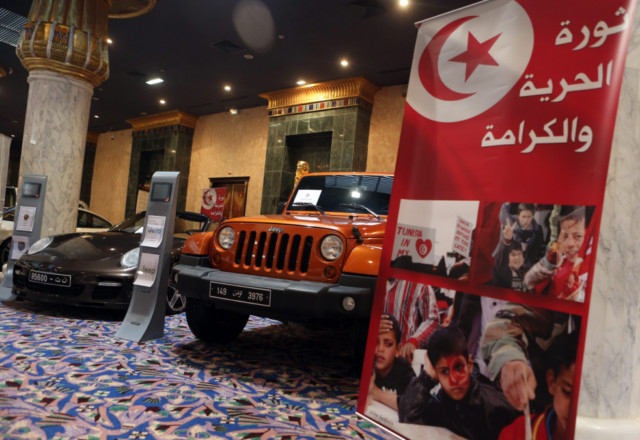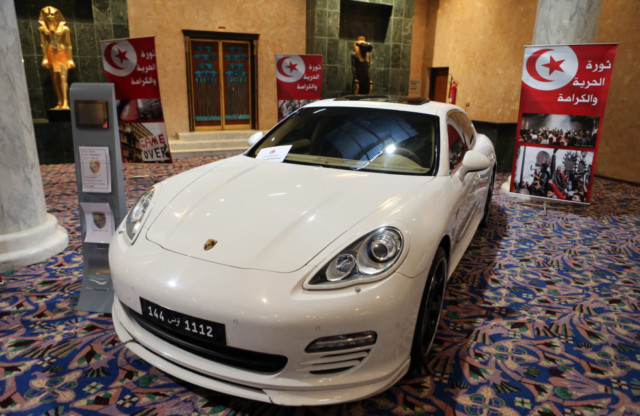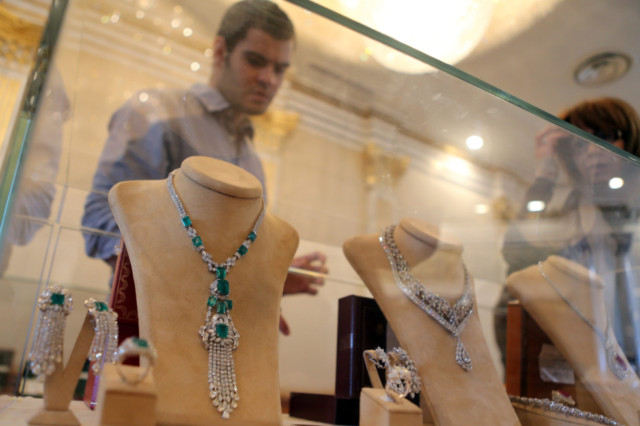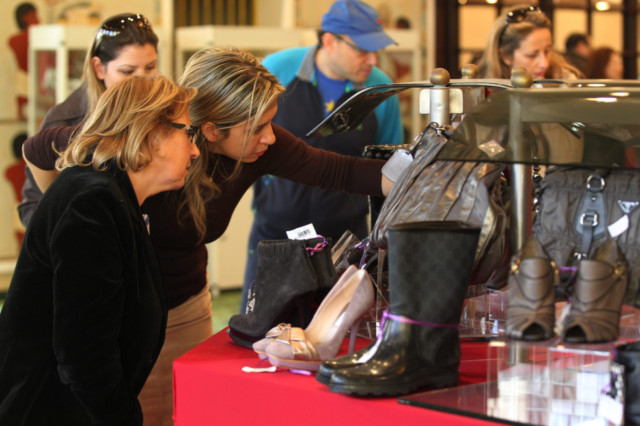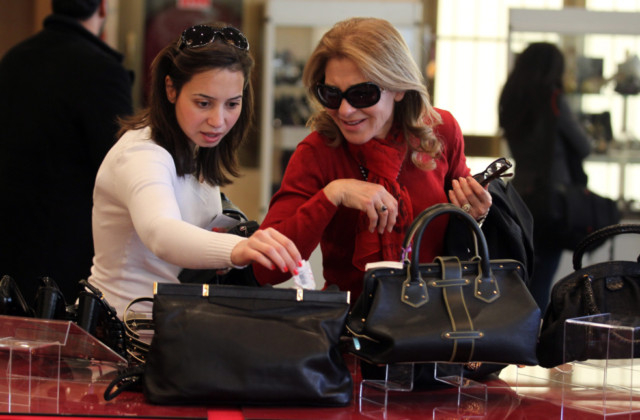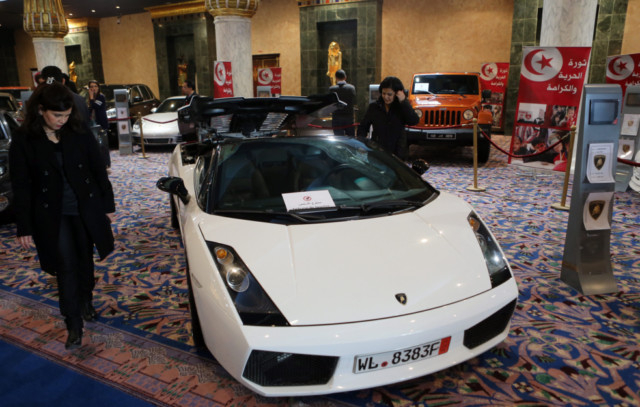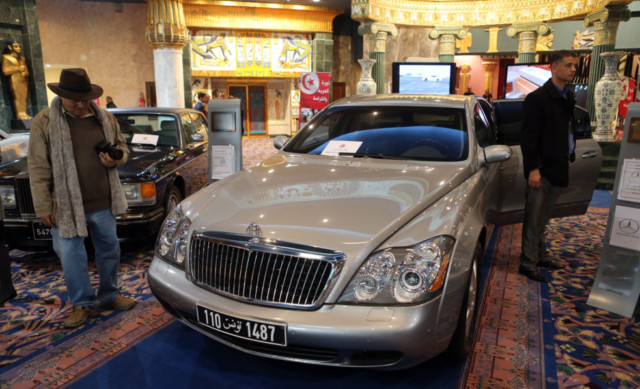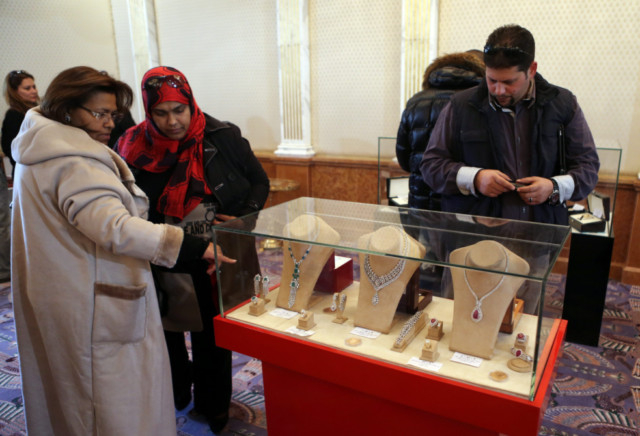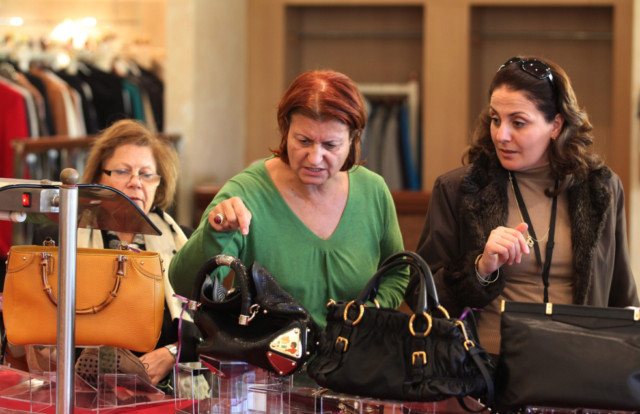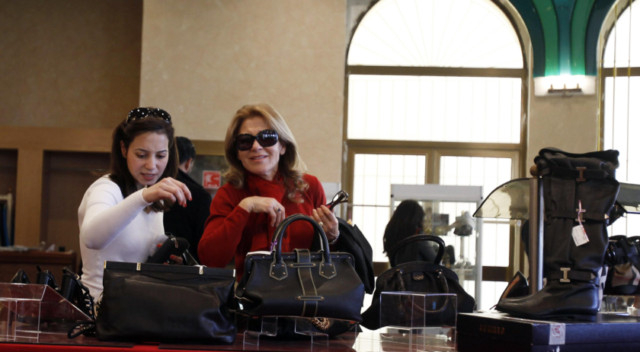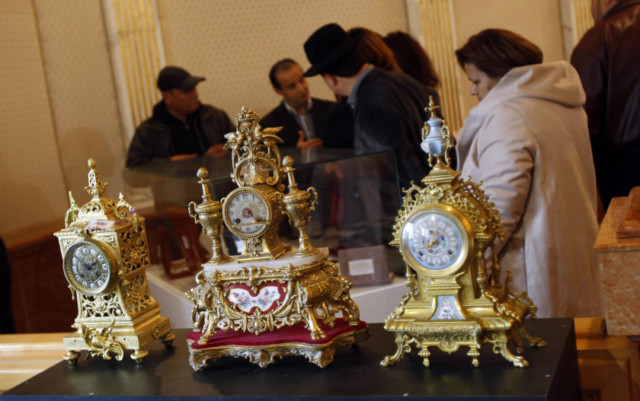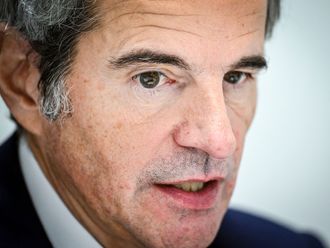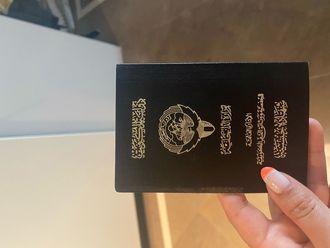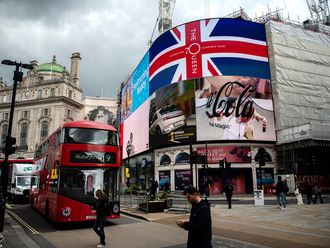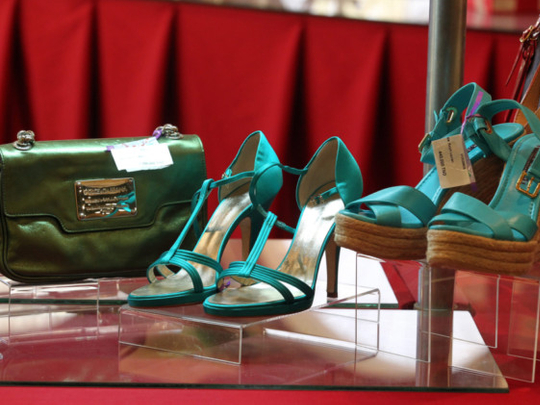
Gammarth, Tunisia: Agents of rich Gulf collectors, lovers of luxury and those simply curious to see the ill-gotten gains of the Bin Ali clan were among those drawn to a sale of the deposed Tunisian despot’s assets that began on Sunday.
“We’re here out of curiosity, to see the size of the scam this country suffered from,” said Mehdi, 25, visiting the exhibition with his uncle, a car enthusiast.
“It feels like voyeurism,” he added, saying that he felt “uneasy in front of all this luxury that is insulting to ordinary Tunisians struggling to get by.”
A bright red Ferrari owned by Zine El Abidine Bin Ali’s spoilt nephew Imed, and a brand new Porsche destined for his youngest child, were among the items on show in the pharaonic decor of the Cleopatra exhibition space amid tight security.
The former belongings of Bin Ali and 114 of his relatives are going under the hammer in the chic Tunisian resort of Gammarth, in an auction due to last one month and from which the cash-strapped government hopes to raise millions of euros.
The collection of 39 luxury cars, only half of which were on display, was of particular interest to an agent acting on behalf of a Saudi prince.
“We have made the (purchase) request three times since February, but we had to wait for this exhibition. Today we’re ready,” he said, speaking on condition of anonymity.
“No comment!” was all that one rich young couple had to say to reporters as they eyed up the Maybach, a present from Libya’s Moamer Kadhafi, another north African dictator who amassed wealth before being ousted in last year’s Arab Spring uprisings.
“Around 100 people attended the opening, pretty busy for a Sunday. It’s a good crowd,” said Affef Douss, in charge of organising the event for the finance ministry.
Banners proclaiming “Revolution, freedom and dignity” are displayed around the exhibition, a reminder of the strange provenance of the opulent items up for sale.
Corruption and nepotism were rife under the regime of Bin Ali, who fled to Saudi Arabia with his wife after the first Arab Spring uprising swept the country.
Mehdi Ben Garbia, a Tunisian MP, said he had come “to get an idea about the way in which the taxpayers’ money was squandered.”
Like all members of the government, parliamentarians are barred from buying.
There is a constant hum of excitement in the last viewing room, where clothing and accessories formerly owned by the disgraced first lady are on display - including luxury shoes and handbags worth many times the minimum monthly wage.
Of the 400 jewels and ornaments confiscated by the state, only around 20 are shown, among them a made-to-measure choker that once adorned the neck of Bin Ali’s wife, sparkling with some 1,000 diamonds.
A doctor who lives in France discussed the jewellery with a diamond specialist, but his wife stepped away.
“My husband wants to buy, but I’m actually disgusted. These are fabulous jewels, but they tell a harrowing story.”


